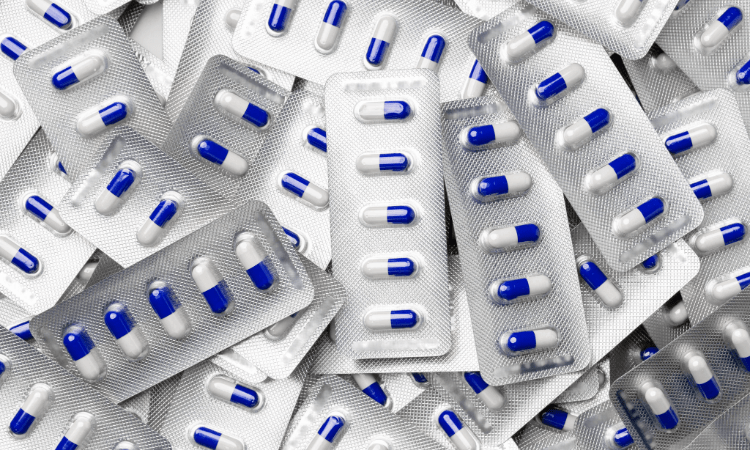
BLOG
KATEGORİDEKİ DİĞER YAZILAR

The raw materials used in the production of medicines can contain heavy metals and toxic substances. When these substances are above certain levels, they can cause serious health problems. So, how are heavy metals and toxic substances in medicines tested?
Heavy metals and toxic substances are elements that can cause toxicity in biological systems. The most common heavy metals encountered in pharmaceutical production are
The potential presence of these metals in medicines may be due to the raw materials used in production, water sources or contamination in manufacturing processes
Toxic substances in medicines are analyzed with advanced laboratory techniques. Here are the most commonly used test methods:
1. ICP-MS (Inductively Coupled Plasma Mass Spectrometry): It is a very sensitive method and can detect metals in parts per billion (ppb). It is used to detect heavy metals in pharmaceutical ingredients.
2. Atomic Absorption Spectrophotometry (AAS): Analyzes metal ions using specific wavelengths of light. Suitable for single element analysis.
3. X-Ray Fluorescence (XRF) Spectroscopy: Detects heavy metals in solid and liquid samples. It is a fast and non-destructive analysis method.
4. Toxicity Tests (In Vitro and In Vivo): These are tests performed in cell cultures or animal models. Used to assess the effect of drugs on biological systems.
The limit values and testing requirements for heavy metals in the pharmaceutical industry are set by various international organizations.
Pharmaceutical companies must conduct regular analyses to comply with these regulations and prove that their medicines are safe.
Nanolab Laboratories Group continues to provide services within the scope of Drug Analysis. You can also consult us on Nitrosamine Analysis.
Contact us for more information.
You can follow us on LinkedIn for up-to-date news and shares about our services.
Follow our Instagram account to be informed about our latest blog posts.